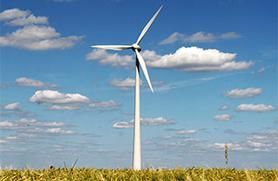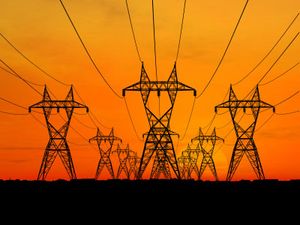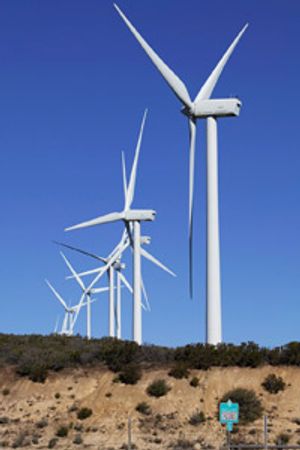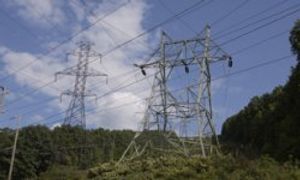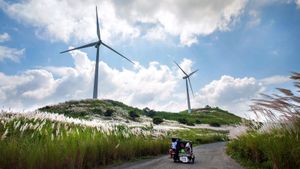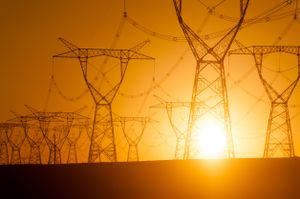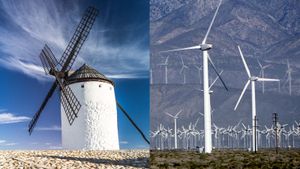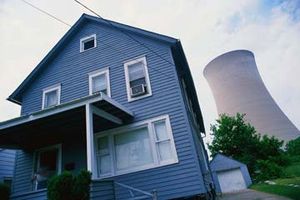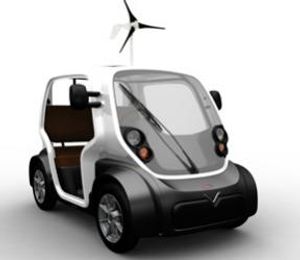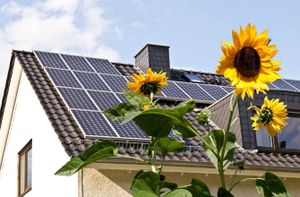But what can we do to help increase the quantity of clean, renewable energy being produce by the wind everywhere?
The first thing to do is to improve transmission. Many areas have a surplus of wind power but they can sell it to other areas that would gladly buy it because those places aren't interconnected. There are also areas where new wind farms could be built, but they aren't because there are no transmission lines. A better distribution system would make it easier to compensate for a deficit on one side by tapping into the surplus on another side.
Another way to allow the power grid to handle more wind power would be to shape demand (meaning, to influence how much electricity people and industries use). A lot of it can be done using smart grid technologies, such as smart meters that can vary the price of electricity in real time (when the price is higher, demand goes down, when price is lower, demand goes up) and with deal with power-hungry industry so that they time some of their operations to make the best use of the power that is available.
Thirdly, increasing the storage capacity of the grid would make a big difference. Right now, most power needs to be use immediately when it is produced, with only a little of it being stored for later use (this can be done with the water reservoirs of hydropower stations, for example). If we were able to store more power, we could tap into that reserve when the wind doesn't blow. The big challenge here is to have storage that is inexpensive enough to make sense. This might require breakthroughs in battery or hypercapacitor technology.
Finally, the most realistic option seems to be diversification. Wind power is the cheapest kind of renewable energy right now, but it should be combined with other kinds to better mitigate the intermittency problem. Solar photovoltaic, solar thermal, deep rock geothermal, wave power, hydro power (when done right), biomass, etc. We need all of those, along with a major push for efficiency and conservation (it's usually cheaper to save a watt than to produce a new one).
